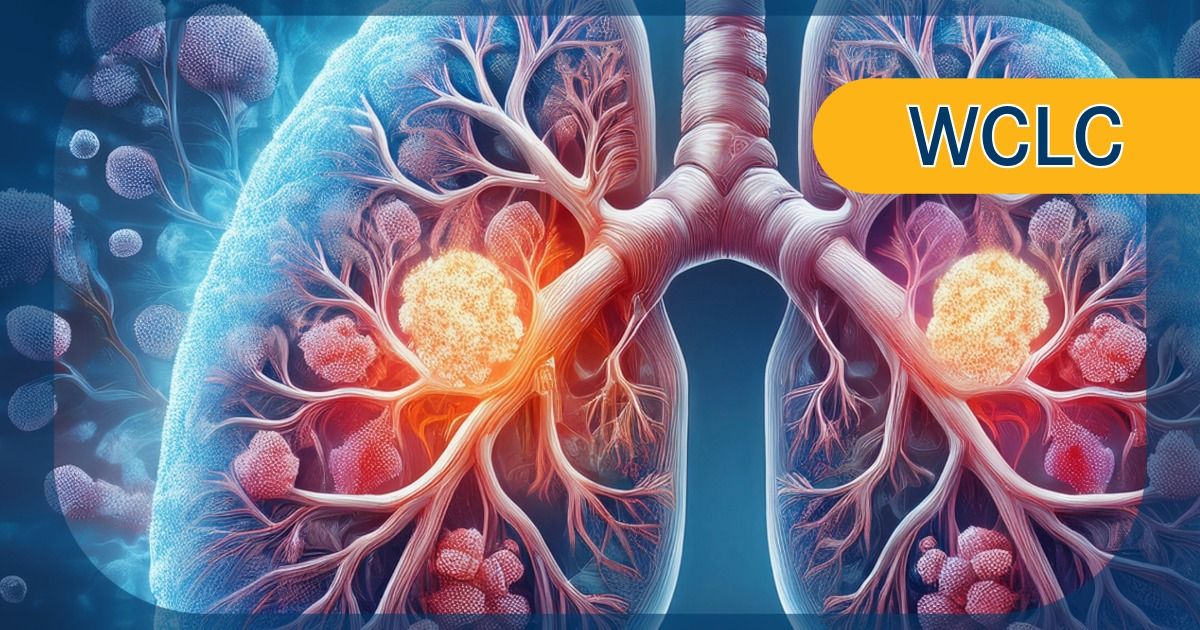2025 US Open men’s singles final – Alcaraz clinches title in fourth set
17:31 – Sinner 2-6, 6-3, 1-6, 4-6 Alcaraz – game, set, match Alcaraz
Alcaraz sets up two championship points, yet in both instances, Sinner fights to produce two winners and keep the contest alive. That pushes the Spaniard to an unstoppable net volley to set up match point No.3.
The 22-year-old lines up his serve, and for the 10th time this match, it is an ace. What a way to win his sixth Grand Slam title and second victory at Flushing Meadows, greeted by a joyful roar at Arthur Ashe Stadium.
Your 2025 US Open men’s singles champion – and new world No.1 – is Carlos Alcaraz!
17:25 – Sinner 2-6, 6-3, 1-6, 4-5 Alcaraz
So Sinner manages to hold after being a point away from being brought to deuce, and after this changeover, Alcaraz will serve for the title. One more game for the Spaniard to be crowned a six-time major champion – stay tuned.
17:21 – Sinner 2-6, 6-3, 1-6, 3-5 Alcaraz
Yet another solid service game from Alcaraz, and if he can break Sinner for the sixth time, he will be the US Open champion.
17:17 – Sinner 2-6, 6-3, 1-6, 3-4 Alcaraz
Alcaraz holds serve from his break in a set where he has been finding the points at the right time. The pressure is always on Sinner to deliver on his service, something he did near flawlessly in the Wimbledon final but has fluctuated at Flushing Meadows.
Nonetheless, the defending champion holds on and stays within touching distance, but he needs to counteract the Spaniard’s serve – he has only created one break point all match, which he capitalised on.
17:10 – Sinner 2-6, 6-3, 1-6, 2-3 Alcaraz
No breaks so far in what is the most even set so far in the men’s singles final – and what about that for a point for 15-15! Another Sinner dropshot is returned by Alcaraz, allowing the Italian to deftly guide it along the net and out of reach.
Just as we are going smoothly, Sinner commits a fourth double fault of the match to set up an Alcaraz break point. A third serve in a row is no good, and though his second serve is in, a subsequent long forehand allows the world No.2 to break in a huge moment!
16:56 – Sinner 2-6, 6-3, 1-6, 1-1 Alcaraz
Steph Curry cannot believe what he has seen with his arms to his head, and nor can most people watching this match. Alcaraz seals the game with a superb winner down the line, which he created only by fighting to keep up with Sinner.
16:55 – Sinner 2-6, 6-3, 1-6, 1-0 Alcaraz
Given the drama of this final, we have not had the chance to update the Olympian roll-call inside Arthur Ashe Stadium. In the stands are Pep Guardiola, Olympic football gold medallist at Barcelona 1992, and Martina Navratilova, the 18-time Grand Slam singles champion and Olympian from Athens 2004.
16:52 (EDT, GMT-4) – Sinner 2-6, 6-3, 1-6, 1-0 Alcaraz
The set changeover surely brings vital respite for Sinner, who needs to react and respond as soon as possible. He can do that with the opening serve, but his sweeping forehand goes wide to gift a break point for Alcaraz – Sinner saves it.
On the second break point, Sinner pulls of an audacious slice that Alcaraz somehow gets to, but the Italian finishes the point off to a standing ovation at Arthur Ashe Stadium.
This opening game of the fourth set is not being given up easily by either player, who produce four deuces to cancel out each other’s brilliance. At last, Alcaraz cracks and overdoes a forehand as Sinner holds…14 minutes later!














![MTV VMAs 2025 Red Carpet Arrivals, Live Updates [PHOTOS]](https://afnnews.qaasid.com/wp-content/uploads/2025/09/mtv-vmas-red-carpet-looks.jpg)










































































